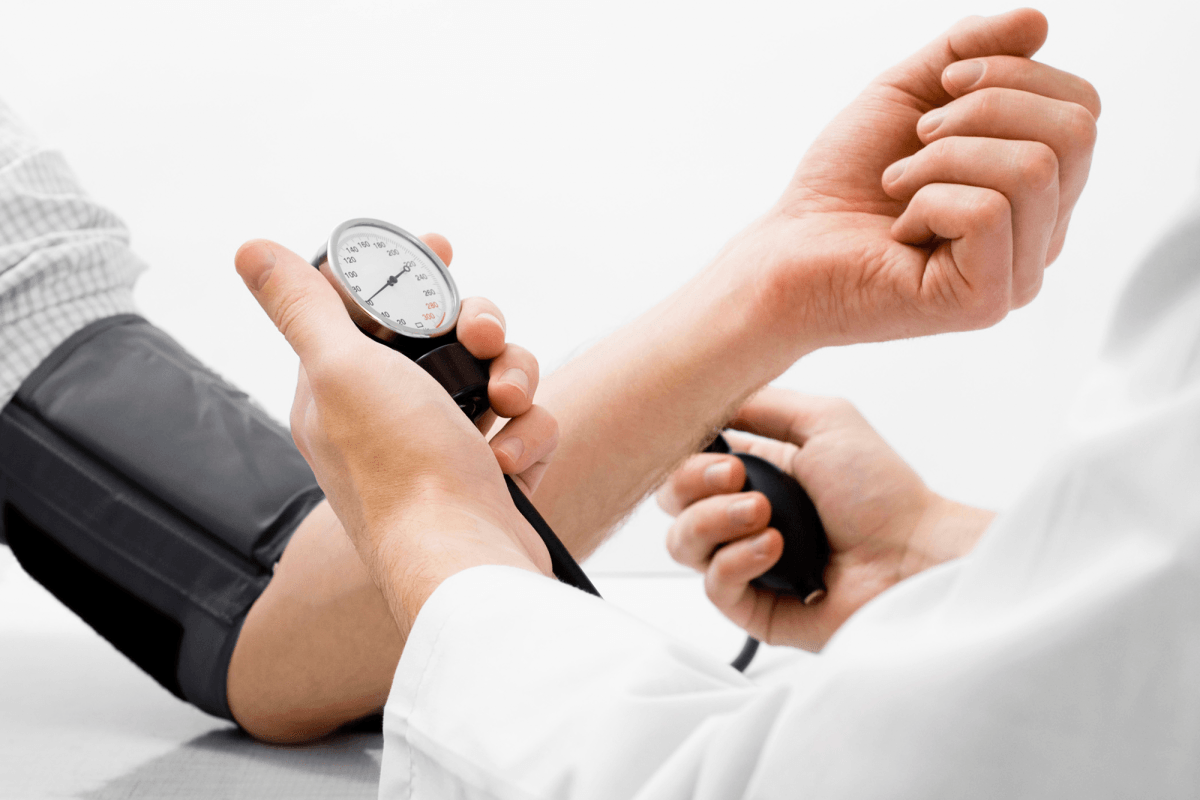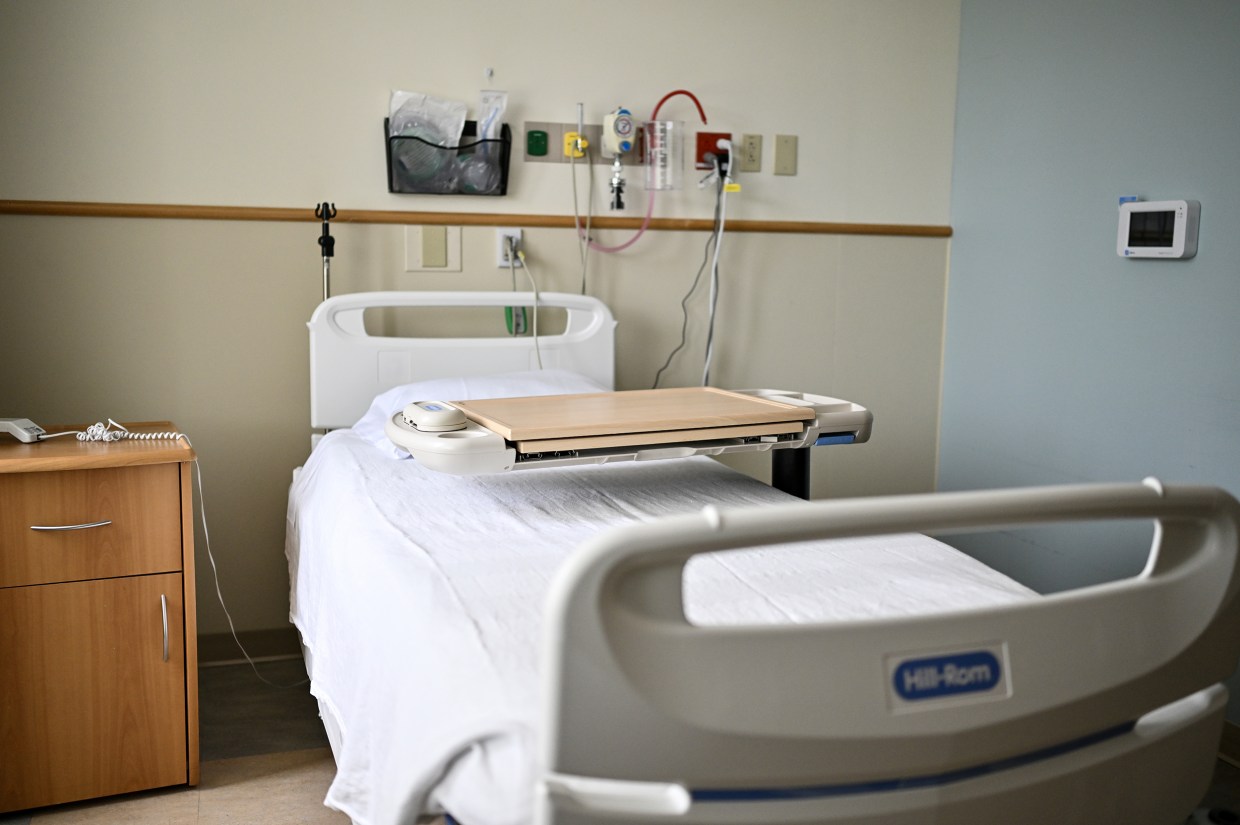High blood pressure, or hypertension, is one of the most common health conditions worldwide, and its proper management is critical to reducing risks such as heart disease, stroke, and kidney failure. Recently, the American Heart Association (AHA) introduced revised guidelines to help physicians and patients address this issue more effectively. These updates reflect new evidence, better screening recommendations, and more personalized approaches to treatment, all with the goal of improving patient outcomes and reducing long-term complications.
The choice to update these guidelines is based on comprehensive studies indicating that earlier measures and more accurate tracking can greatly reduce heart-related incidents. The revised advice seeks to offer clear guidance to medical personnel and people with high blood pressure, highlighting the significance of lifestyle adjustments in combination with medication when required.
A significant modification in the updated guidelines is the categorization of blood pressure levels. Previously, hypertension was identified at a mark of 140/90 mmHg. Currently, the revised criteria consider blood pressure measurements of 130/80 mmHg or above as elevated, encouraging both patients and healthcare providers to tackle possible risks promptly. This change aligns with research associating even slightly raised levels with chronic heart health issues.
The categorization adjustment implies that numerous adults previously deemed at risk rather than diagnosed with high blood pressure might now require more detailed observation. This shift doesn’t automatically necessitate medications for all these people, but it underlines an increased focus on prevention measures like improved nutrition, consistent exercise, and stress reduction strategies.
Changes in lifestyle are central to the AHA’s strategy for managing blood pressure. The guidelines highlight the necessity of embracing heart-friendly behaviors, such as maintaining a balanced diet filled with fruits, vegetables, whole grains, and lean proteins. The DASH (Dietary Approaches to Stop Hypertension) eating plan remains a widely suggested method for naturally lowering blood pressure. Furthermore, cutting down on sodium, moderating alcohol intake, and steering clear of tobacco products are viewed as vital measures.
Physical activity is another critical factor highlighted in the revised guidelines. The AHA encourages individuals to engage in at least 150 minutes of moderate-intensity exercise per week, such as brisk walking, swimming, or cycling. Regular exercise not only helps control blood pressure but also promotes overall cardiovascular health and reduces the likelihood of developing related conditions like diabetes or obesity.
Weight management is equally important, as excess body weight can place added strain on the heart and arteries, leading to higher blood pressure readings. Even modest weight loss can result in significant improvements in blood pressure levels, making it a priority for those who fall into the overweight or obese categories.
When lifestyle modifications alone do not achieve the desired results, medication becomes a consideration. The revised guidelines provide updated recommendations on when and how to initiate pharmacological treatment. These decisions now take into account not just the numerical value of blood pressure but also an individual’s overall cardiovascular risk profile, including age, family history, and the presence of other conditions such as diabetes or chronic kidney disease.
Another key change involves the method of monitoring blood pressure. The AHA now places greater emphasis on out-of-office measurements, such as home monitoring and ambulatory blood pressure tracking. These tools provide a more accurate picture of an individual’s blood pressure patterns, helping avoid misdiagnosis caused by white-coat hypertension or temporary stress-induced spikes during clinic visits.
Besides offering advice to healthcare providers, the updated suggestions motivate individuals to actively participate in their own health management. Knowing one’s personal blood pressure goals, acknowledging the value of regular monitoring, and adhering to advised treatments are essential parts of effective long-term oversight. Teaching and raising awareness are key to the AHA’s initiatives to lessen the occurrence of issues related to high blood pressure.
The guidelines also recognize the need for equity in healthcare delivery. They stress the importance of ensuring that all populations, including those in underserved communities, have access to screening, preventive measures, and appropriate treatment options. Disparities in hypertension management have long been a concern, and addressing them remains a top priority for public health initiatives.
The updated AHA recommendations signify an important advancement in the prevention and management of elevated blood pressure. By recognizing vulnerable individuals sooner, encouraging better lifestyle choices, and enhancing treatment approaches, these revisions strive to reduce the impact of cardiovascular disease on the general population.
For anyone concerned about their blood pressure, the most important takeaway is the value of regular checkups and early action. Monitoring readings at home, discussing results with a healthcare provider, and making sustainable lifestyle changes can all contribute to improved long-term health. The new recommendations serve as a reminder that even small adjustments can make a substantial difference when it comes to protecting the heart and maintaining overall well-being.


:max_bytes(150000):strip_icc()/grouptherapy-5a492739eb4d52003730a56d.jpg)

